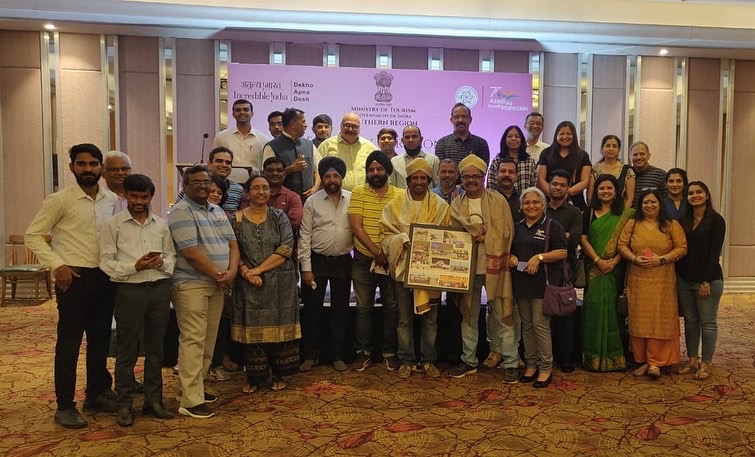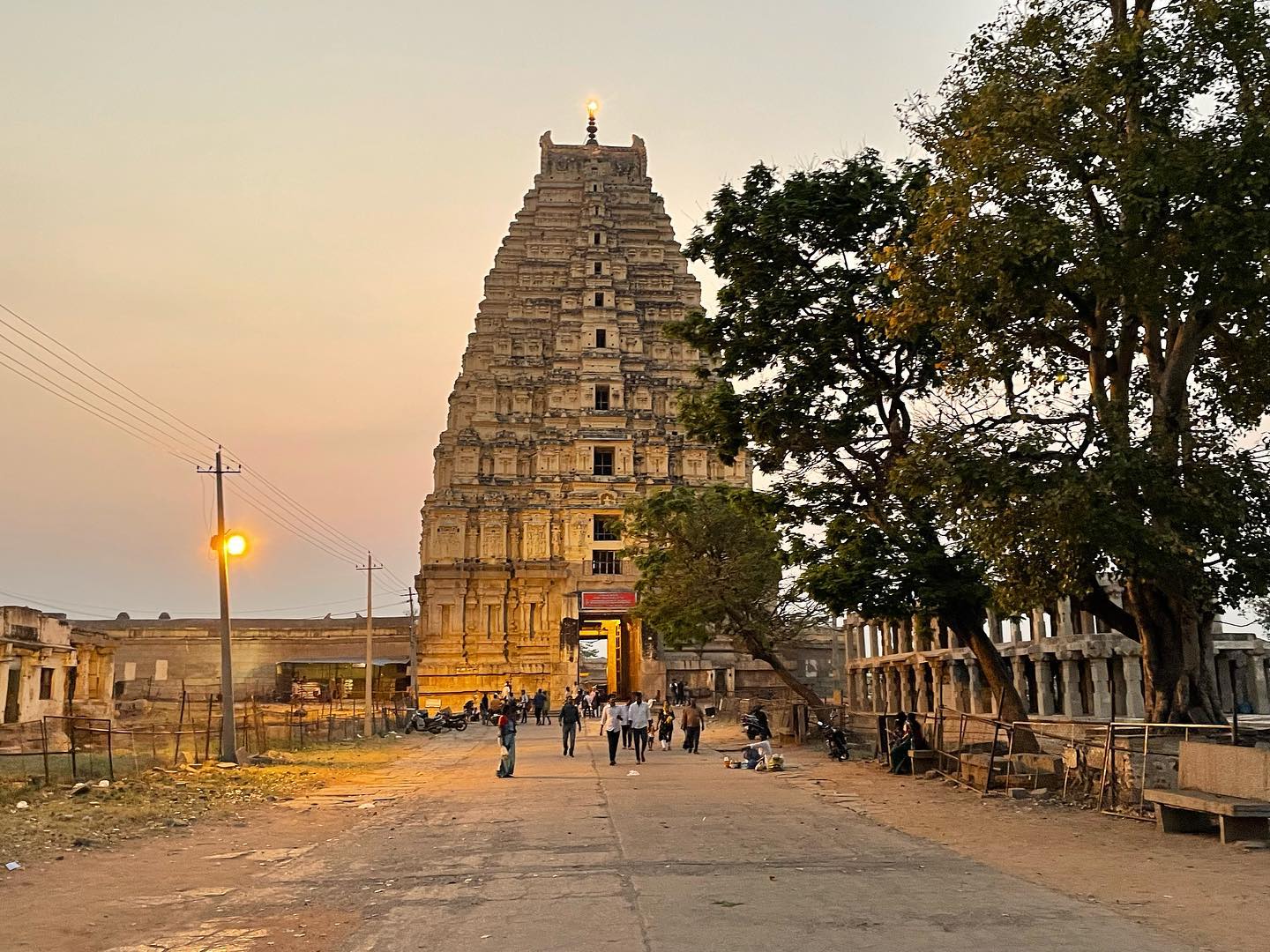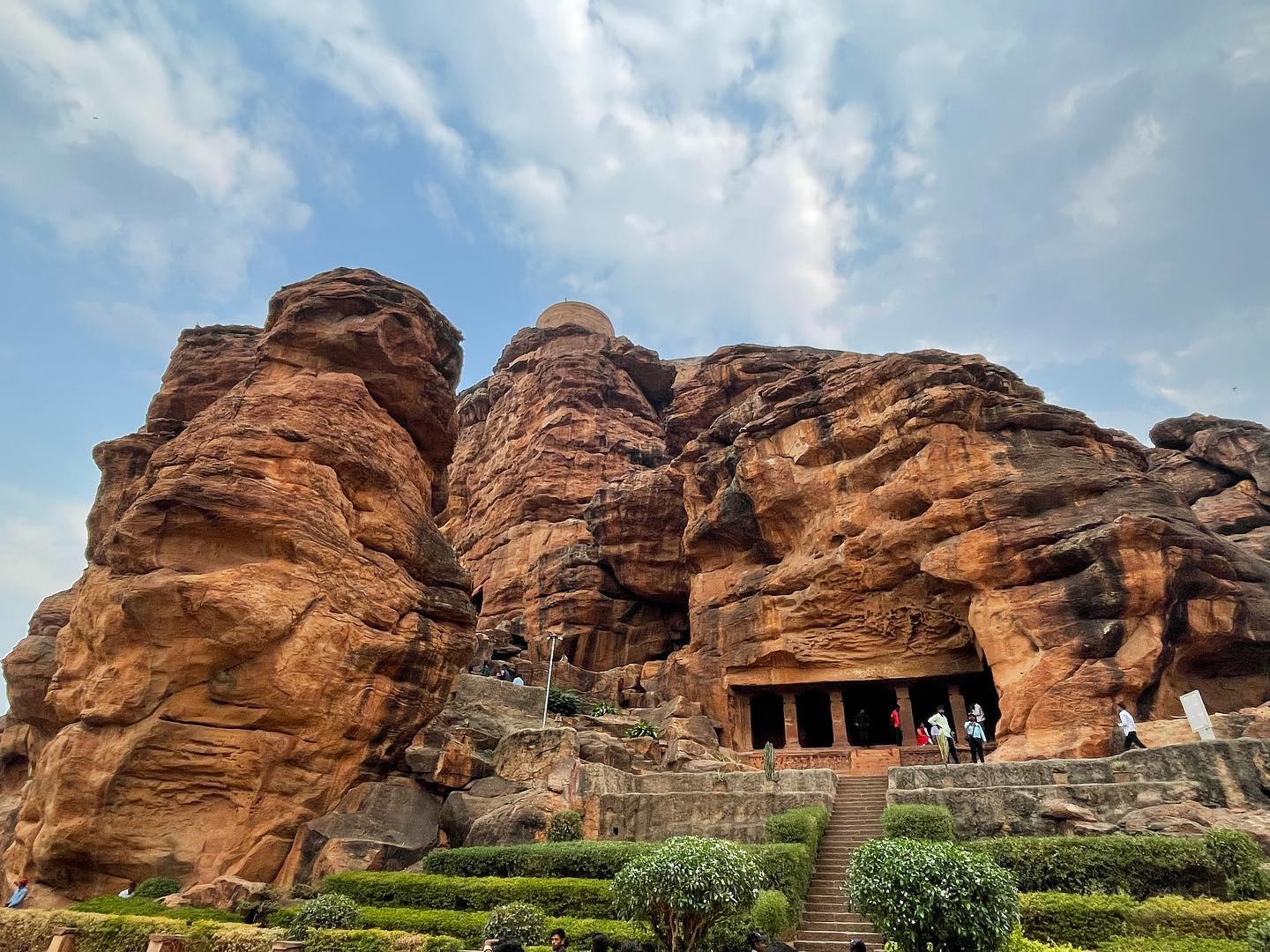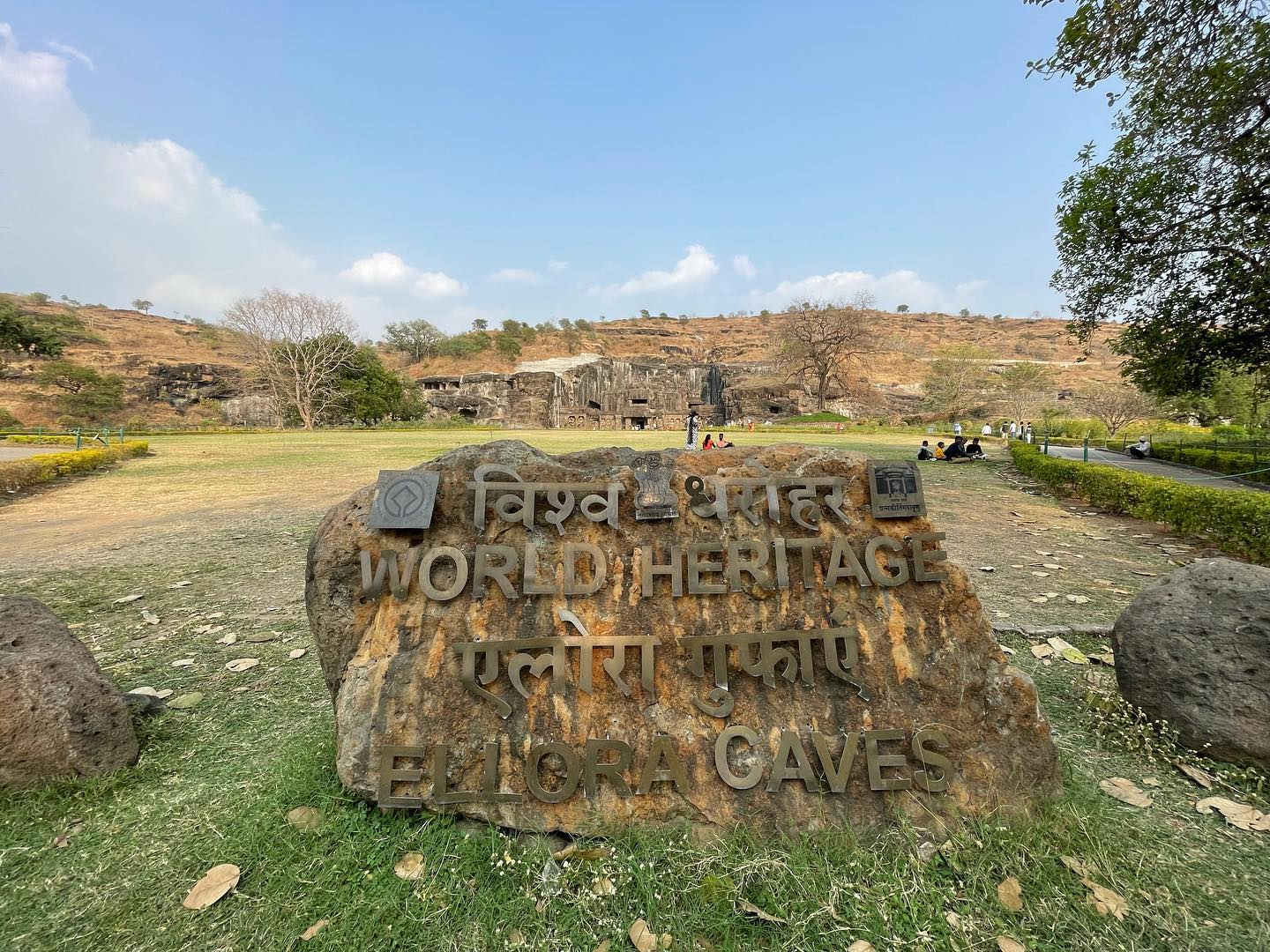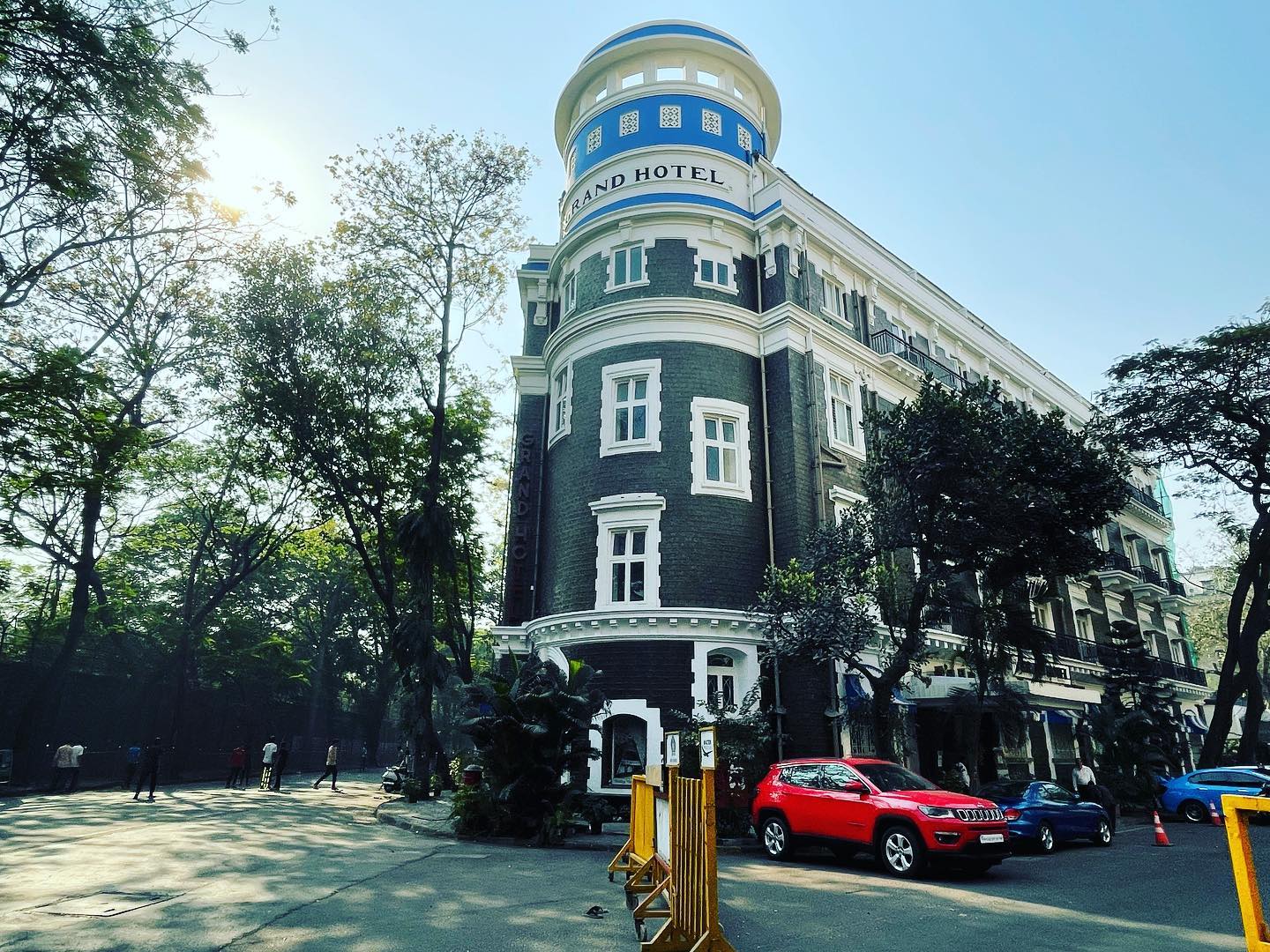31st December, 2021 – 2nd January, 2022
Mizoram is derived from Mi (people), Zo (lofty place, such as a hill) and Ram (land), and thus Mizoram implies “Land of the hill people”. A highly literate economy it is a land of rolling hills, valleys, rivers and lakes. 21 major hill ranges run through the length and breadth of the state.
The capital city of Aizawl is situated about 1132 m above MSL. Flanked on the north by the lofty peaks of Durtlang, the hill city is set on ridges of steep hills overlooking the sylvan valley of the river Tlawng in the west and of the river Tuirial in the east and south.
The people are nice, generous and peace loving. Music and dance are important elements in Mizo cultural life, with many festivities associated with the Christian holidays.
One stunning thing that you find there is they follow an unwritten code of conducted called “Tlawmngaihna”. This means being honest, kind and helpful to others. At a larger level its about being selfless. The quickest way where you realise this is when you look at the organized traffic. People do not overtake one another, at crowded places or traffic jammed places to reach their destination.
You would wish that “Tlawmngaihna” is followed elsewhere too.
Places to visit:
1. Reiek
A typical Mizo village consisting of the distinctive traditional huts of the different Mizo sub-tribes, Mizo chieftain’s house, a bachelor’s dormitory and that of a widow has been created and maintained by Tourism Department of Mizoram. The houses are fully furnished giving the visitor a peek into the glorious past of the valiant highlanders. A few Mizo modern houses have also been constructed nearby to show the changes that have taken place in the Mizo way of life in keeping pace with the modern developments.
2. State Museum
It is an ethnographic museum with multipurpose collections on display.
There are 5 galleries:
1 ) Textile Gallery: Displays textiles of different communities of Mizos, showing the development of textiles right from the earliest known wear of fibre arts called Siapsuap for women and Hnawkhal for men to the present day traditional costumes.
2) Ethnology Gallery: Represented by various artefacts used by the Mizo people in daily life like traditional music and hunting instruments, material for brewing rice beer, cane and bamboo works etc.
3) History Gallery: Displaying the history of Mizos.
4) Anthropology Gallery: Showing the traditions and culture of the Mizos.
5) Zoology Gallery: Displaying traps, snares, stuffed animals etc.
